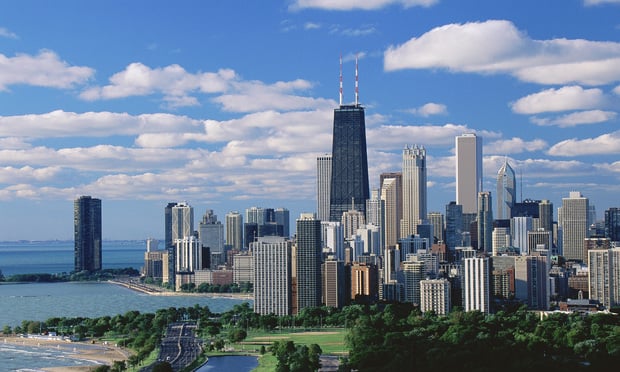CHICAGO—Dayton Street Partners, a Chicago-based developer, has just launched a new state-of-the-art warehouse on a South Side parcel that has been vacant for 30 years, another step in the area's transformation into a center for distribution.
The company will develop a 60,000 square-foot building at 41st and Halsted Sts. in Chicago's Stockyards Industrial Park. It will feature 30' ceilings, six exterior docks, two drive-in doors and parking for 34 cars on the 3-acre site. Dayton plans to break ground in August.
“There is a lack of quality, modern industrial and distribution space in Chicago,” Dayton Street's principal Howard Wedren tells GlobeSt.com. And “well located, urban infill locations are increasingly difficult to find.” However, the South Side, “especially the Stockyards, is in close proximity to the CBD and just ten minutes away from I-55.”
Wedren adds that this corner of the city has seen changes because of distributors' “need to serve dense urban markets” and to do it quickly. Modern consumers now expect same day delivery, and sometimes even quicker than that, for many products and “you can't do that from Bolingbrook.”
Dayton Street has led the neighborhood's resurgence over the last several years. Notable projects include a 105,000 square-foot, 7-acre, multi-tenant LEED Silver distribution center located at 815 W. Pershing Rd. that today has four tenants and employs more than 50 people. The company has also begun redeveloping a 50,000 square-foot distribution cold storage building located at 920 W. Pershing Rd.
Other neighborhoods have also seen plans for the introduction of new distribution space. As reported in GlobeSt.com, Wanxiang America Real Estate Group and Clarius Partners, LLC, acquired the former APL Logistics facility at 2302 S. Paulina in Pilsen on the South Side so they could demolish it and build a 162,000 square-foot warehouse building targeted at food distributors.
“A lot of this activity is the result of the redevelopment of the West Loop,” Wedren adds, much of it driven by Google's arrival. As the neighborhood long-dedicated to meat-packing and other food distribution becomes host to a new population of office workers, its older “tenants need somewhere to go.”
But developing industrial properties here is not easy, he says. The vacant land is largely gone and land prices keep going up “so the barriers to entry are high.” Furthermore, all of the sites have special challenges such as the need for serious environmental clean-ups. “You won't have that problem when you develop a building on a former farm.”
Want to continue reading?
Become a Free ALM Digital Reader.
Once you are an ALM Digital Member, you’ll receive:
- Breaking commercial real estate news and analysis, on-site and via our newsletters and custom alerts
- Educational webcasts, white papers, and ebooks from industry thought leaders
- Critical coverage of the property casualty insurance and financial advisory markets on our other ALM sites, PropertyCasualty360 and ThinkAdvisor
Already have an account? Sign In Now
*May exclude premium content© 2025 ALM Global, LLC, All Rights Reserved. Request academic re-use from www.copyright.com. All other uses, submit a request to [email protected]. For more information visit Asset & Logo Licensing.








